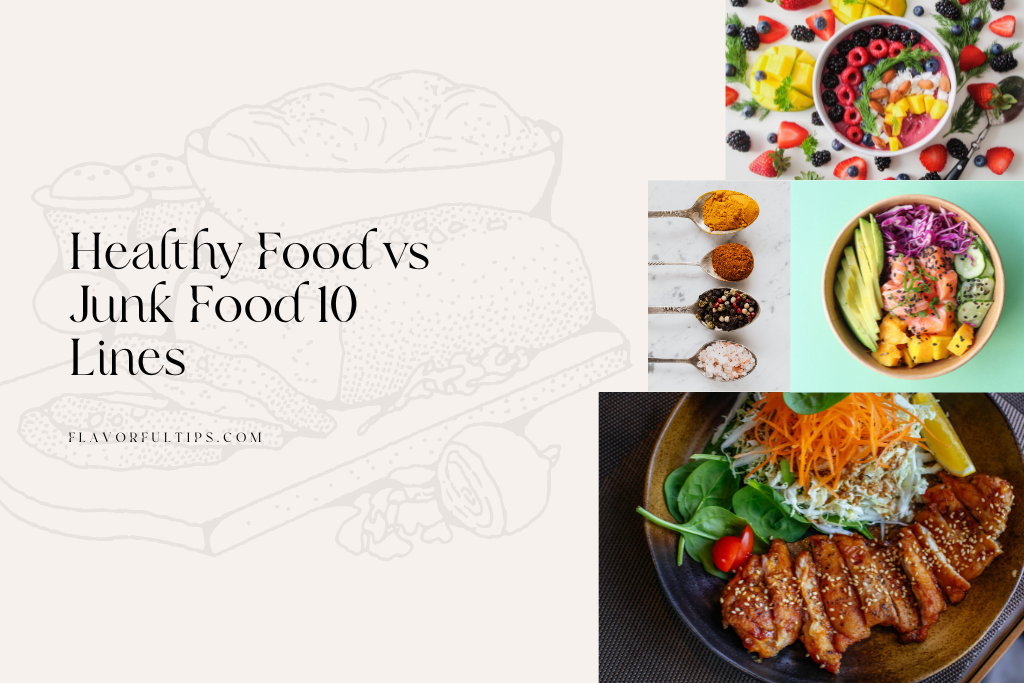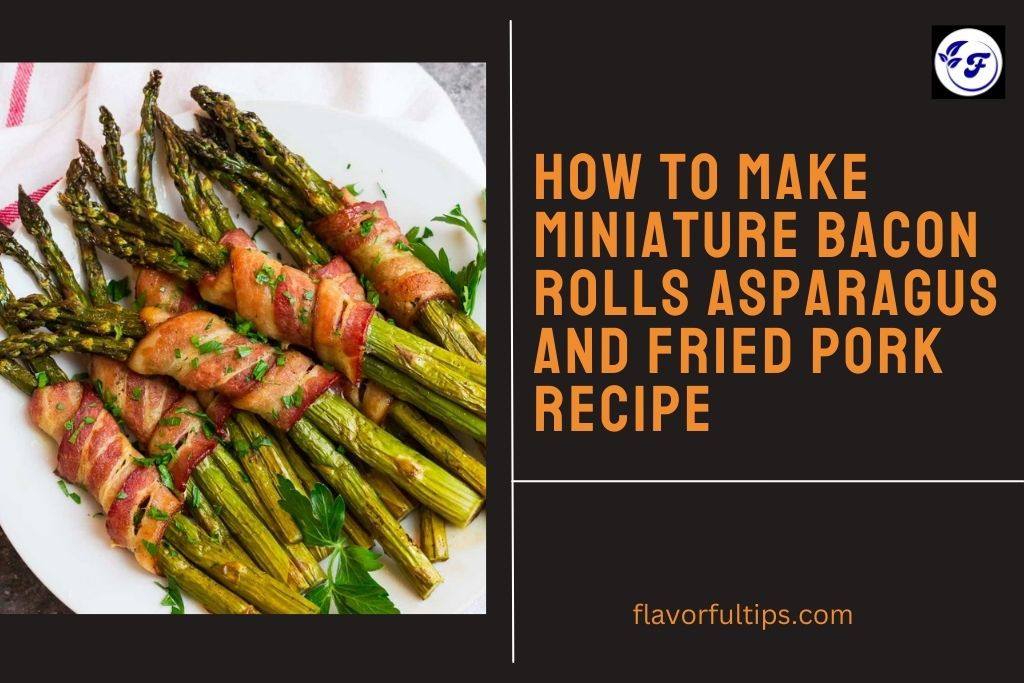In the world of culinary arts, there’s a fascinating realm where food items transform into delightful creations through the magic of glazing and sprinkling. These techniques add layers of flavor, texture, and visual appeal, turning ordinary dishes into extraordinary culinary experiences. In this blog, we’ll dive deep into the details of food item that can be glazed or sprinkled, exploring common ingredients, popular food items, techniques, and creative ideas that will inspire your culinary adventures.
The Art of Glazing
Glazing is a culinary technique that involves coating food items with a sweet, savory, or tangy mixture to enhance their flavor, texture, and appearance. It’s a versatile method used in both sweet and savory dishes. Let’s take a closer look at some key aspects of glazing:
Common Ingredients Used for Glazing
Sugar-based glazes: These are perhaps the most well-known type of glazes. They typically contain ingredients like sugar, honey, maple syrup, or molasses.
Sugar-based glazes caramelize when baked or heated, creating a glossy finish and a hint of sweetness.
- Fruit-based glazes: Made from fruit juices or purees, these glazes add a burst of fruity flavor and a touch of natural sweetness to dishes. Common fruits used include citrus (lemon, orange), berries, and apricots.
- Savory glazes: Savory glazes often feature ingredients like soy sauce, balsamic vinegar, mustard, and herbs. They can transform roasted meats, vegetables, and tofu into savory delights with complex flavor profiles.
Popular food item that can be glazed or sprinkled
- Donuts: The iconic glazed donut is a classic example of the magic of glazing. A simple mixture of powdered sugar as well as milk can turn a plain donut into a heavenly treat.
- Ham: Glazed ham is a holiday favorite. A mixture of brown sugar, mustard, and cloves brushed over a ham before baking results in a beautifully caramelized and flavorful crust.
- Carrots: Glazing isn’t limited to desserts or meats. Glazed carrots, cooked with butter, honey, and a touch of cinnamon, offer a delightful side dish with a perfect balance of sweetness as well as earthiness.
Techniques for Perfect Glazing
- Brushing: Use a pastry brush to evenly coat the food item with the glaze. This technique is great for pastries, meats, and vegetables.
- Drizzling: Drizzling involves pouring the glaze over the food item, allowing it to naturally flow and create a thin, even layer. It’s ideal for cakes and cookies.
- Dipping: For a thicker, more pronounced glaze, dip the food item directly into the glaze mixture. This works well for donuts and some types of bread.
Creative Glazing Ideas
While traditional glazes are wonderful, there’s room for creativity in the kitchen. Experiment with flavor combinations like:
- Maple and Dijon: A sweet and tangy glaze for roasted chicken.
- Lavender and honey: Elevate your desserts with a unique floral twist.
- Sriracha and honey: A spicy-sweet glaze for wings that packs a punch.
The Magic of Sprinkling
Sprinkling is another culinary technique that can transform the taste, texture, and appearance of dishes. Whether it’s a sprinkle of spices, herbs, nuts, or even chocolate, this method adds layers of complexity and visual appeal to your culinary creations. Let’s explore the world of sprinkling:
Common Ingredients Used for Sprinkling
- Spices and herbs: Sprinkling spices like paprika, cumin, or dried oregano can infuse a dish with rich and aromatic flavors. Fresh herbs like parsley, cilantro, and chives add freshness and color.
- Nuts and seeds: Toasted nuts and seeds, such as almonds, sesame seeds, or pine nuts, bring a delightful crunch and nutty flavor to salads, pastas, and desserts.
- Chocolate and cocoa: A sprinkle of grated chocolate or cocoa powder can turn a plain dessert into a decadent masterpiece. This technique is especially popular in the world of baking.
Popular Food Items That Can Be Sprinkled
- Popcorn: Popcorn is the canvas of sprinkling creativity. From classic butter and salt to exotic combinations like truffle oil and parmesan, the possibilities are endless.
- Salads: A sprinkle of feta cheese, toasted walnuts, and a drizzle of balsamic glaze can transform a simple salad into a gourmet delight.
- Ice Cream: Crushed cookies, colorful sprinkles, and a dusting of cocoa powder can take your ice cream sundae to the next level.
Techniques for Effective Sprinkling
- Shaking: For even distribution of small sprinkles like salt or powdered sugar, gently shake the container while sprinkling.
- Pinching: Use your fingers to pinch larger ingredients like grated cheese or chopped nuts and distribute them evenly.
- Sifting: Sifting cocoa powder or powdered sugar through a fine-mesh sieve creates a delicate, even dusting on desserts.
Unique Sprinkling Combinations and Flavors
Don’t be afraid to experiment with unique sprinkling combinations:
- Savory popcorn: Try nutritional yeast and smoked paprika for a cheesy, smoky twist.
- Salad surprises: Add pomegranate seeds and candied ginger to your next salad for a burst of sweet and tangy flavors.
- Dessert extravagance: Sprinkle sea salt flakes over dark chocolate for a decadent contrast of flavors.
Sweet and Savory Glazed Delights
Now that we’ve explored the fundamentals of glazing and sprinkling, let’s delve into some specific examples of sweet and savory dishes that benefit from these techniques.
Exploring Sweet Glazed Food Items
- Pastries: Danish pastries, with their flaky layers, come to life when glazed with a simple sugar icing. The glossy finish highlights the delicate pastry layers.
- Cakes: Glazing can transform a basic cake into a work of art. Consider a citrus glaze for a lemon pound cake or a rich chocolate glaze for a decadent dessert.
- Chicken: Sweet and sticky glazes are not limited to desserts. A honey-glazed chicken dish, with a hint of citrus and herbs, can be a showstopper at the dinner table.
The Savory Side of Glazing
- Glazed Salmon: A maple and Dijon glaze can elevate salmon to new heights. The sweet and savory combination pairs perfectly with the richness of the fish.
- Glazed Vegetables: Roasted Brussels sprouts with a balsamic glaze or glazed carrots with thyme offer a delightful balance of flavors and textures.
- Glazed Tofu: Even plant-based dishes can benefit from glazing. Try a teriyaki glaze on tofu for a savory and satisfying vegan meal.
Glazing Tips for Sweet and Savory Dishes
- Balance sweetness: Adjust the sweetness of your glaze to complement the dish. A savory dish may require a milder glaze, while a dessert can handle a sweeter one.
- Basting: When roasting meats, basting with the glaze throughout the cooking process ensures that the flavors penetrate the dish.
- Resting time: Allow glazed dishes to rest for a few minutes after cooking. This allows the glaze to set and intensify the flavors.
DIY Glazing and Sprinkling Recipes
Ready to try your hand at glazing and sprinkling? Here are some DIY recipes that will showcase your culinary skills and delight your taste buds:
Sweet Glaze Recipe: Classic Lemon Glaze
Ingredients:
- 1 cup powdered sugar
- 2 tablespoons fresh lemon juice
- 1 teaspoon lemon zest
Instructions:
- In a bowl, start with whisk together the powdered sugar, also fresh lemon juice, and lemon zest until smooth.
- Drizzle the glaze over freshly baked lemon pound cake or muffins.
- Allow the glaze that is to set for about 15 minutes before serving.
Savory Glaze Recipe: Maple Dijon Glaze
Ingredients:
- 1/4 cup maple syrup
- 2 tablespoons Dijon mustard
- 1 clove garlic, minced
- Salt and pepper to taste
Instructions:
- In a small saucepan, start with combine the maple syrup, Dijon mustard, minced garlic, salt, and pepper.
- Heat over low heat, keep stirring constantly, until the glaze is warmed through and well combined.
- Brush the glaze onto grilled chicken or pork chops during the last few minutes of cooking.
Creative Sprinkle Recipe: Mediterranean Herb Blend
Ingredients:
- 2 tablespoons dried oregano
- 1 tablespoon dried thyme
- 1 tablespoon dried rosemary
- 1 tablespoon dried basil
- 1 teaspoon garlic powder
- 1 teaspoon onion powder
- 1 teaspoon salt
- 1/2 teaspoon black pepper
Instructions:
- In a small bowl, combine all the dried herbs, also garlic powder, onion powder, salt, and black pepper.
- Sprinkle the Mediterranean herb blend over roasted vegetables, grilled lamb, or even on a simple bowl of olive oil for dipping with crusty bread.
Conclusion
In the culinary world, glazing and sprinkling are not mere techniques; they are the brushstrokes of flavor, texture, and artistry that turn a meal into an experience. From the sweet allure of a glazed donut to the savory complexity of a balsamic-glazed salmon, these techniques open up a world of creativity in the kitchen.
Whether you’re a seasoned chef or a home cook looking to experiment(for food item that can be glazed or sprinkled), glazing and sprinkling offer endless possibilities for elevating your dishes. The balance of sweet and savory, the play of textures, and the infusion of unique flavors can turn a simple meal into a culinary masterpiece.
So, embrace the art of glazing and sprinkling, and let your creativity flourish in the kitchen. Whether you’re exploring international traditions, crafting your own DIY glazes and sprinkles, or simply experimenting with new flavor combinations, the delightful world of glazed and sprinkled food items awaits your culinary exploration. Happy cooking!



